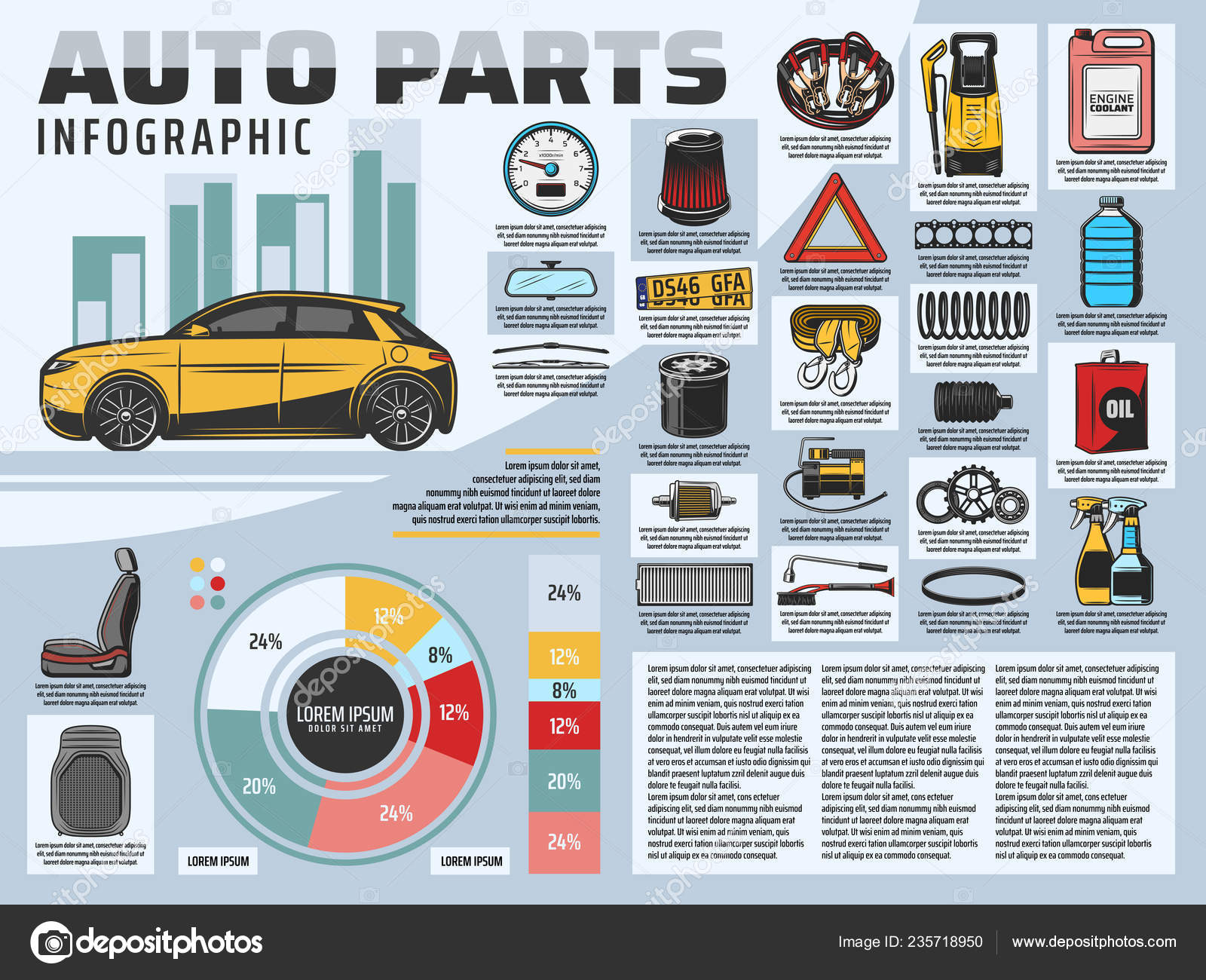When you're behind the wheel, those glowing caution lights on your control panel can be a little bit puzzling. Do you recognize what they're trying to inform you regarding your vehicle's wellness? Understanding the relevance of these lights is vital for your safety and the longevity of your vehicle. So, the next time one of those lights turns up, wouldn't you wish to decode its message accurately and take the required actions to resolve it?
Common Caution Lights and Interpretations
Identify typical caution lights in your cars and truck and understand their significances to ensure secure driving.
The most common warning lights consist of the check engine light, which signals problems with the engine or emissions system. If this light begins, it's vital to have your vehicle inspected without delay.
The oil stress advising light suggests reduced oil stress, calling for prompt attention to avoid engine damages.
A flashing battery light may suggest a faulty charging system, possibly leaving you stranded if not addressed.
The tire stress monitoring system (TPMS) light notifies you to reduced tire pressure, impacting vehicle security and fuel performance. Ignoring this can bring about risky driving problems.
The abdominal muscle light indicates a problem with the anti-lock stopping system, endangering your capacity to stop promptly in emergencies.
Lastly, the coolant temperature level alerting light warns of engine getting too hot, which can result in serious damage if not fixed swiftly.
Recognizing these usual caution lights will help you deal with concerns quickly and maintain secure driving conditions.
Significance of Prompt Interest
Comprehending the common caution lights in your automobile is only the very first step; the significance of without delay resolving these warnings can not be stressed enough to ensure your safety and security on the road.
When a warning light brightens on your dashboard, it's your auto's method of connecting a prospective problem that needs attention. Overlooking these cautions can result in more serious problems later on, endangering your security and potentially costing you a lot more in repairs.
Prompt focus to advising lights can protect against malfunctions and mishaps. As an example, a blinking check engine light could indicate a misfire that, if left neglected, could trigger damages to the catalytic converter. Resolving this quickly can save you from a pricey fixing.
Similarly, a brake system cautioning light may indicate reduced brake liquid or used brake pads, critical elements for your security when driving.
DIY Troubleshooting Tips
If you notice a warning light on your dashboard, there are a few do it yourself repairing tips you can try before looking for professional assistance.
Read the Full Guide is to consult your car's handbook to recognize what the specific warning light suggests. Occasionally https://drivers-training-near-me40617.anchor-blog.com/10568154/required-equipment-for-each-car-fixing-service-to-operate-effectively can be as straightforward as a loosened gas cap triggering the check engine light. Tightening the gas cap may settle the problem.
An additional typical concern is a low battery, which can set off various warning lights. Inspecting the battery connections for deterioration and guaranteeing they're secure could repair the problem.
If a caution light lingers, you can attempt resetting it by detaching the automobile's battery for a couple of minutes and after that reconnecting it. Additionally, checking your vehicle's liquid degrees, such as oil, coolant, and brake liquid, can aid repair cautioning lights related to these systems.
Final thought
In conclusion, understanding your auto's warning lights is vital for maintaining your vehicle running smoothly and securely. By immediately attending to these signals and understanding what they suggest, you can avoid pricey repair services and possible break downs.
linked web-site in mind to consult your cars and truck's guidebook for specific information on each advising light and take action appropriately to make certain a hassle-free driving experience.
Remain notified, stay safe when driving!
